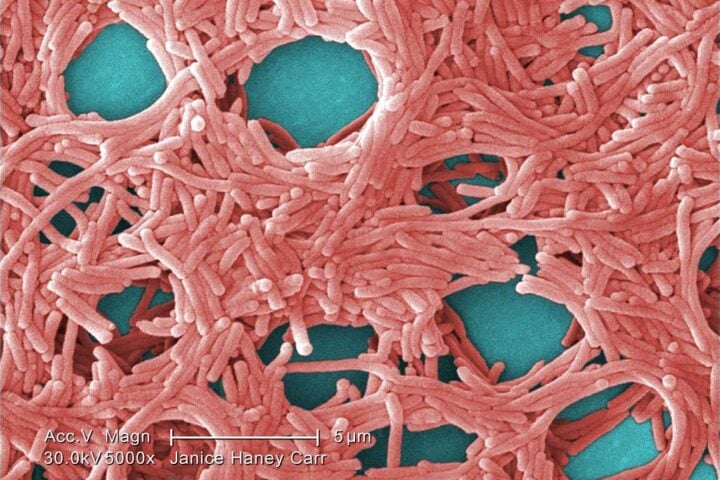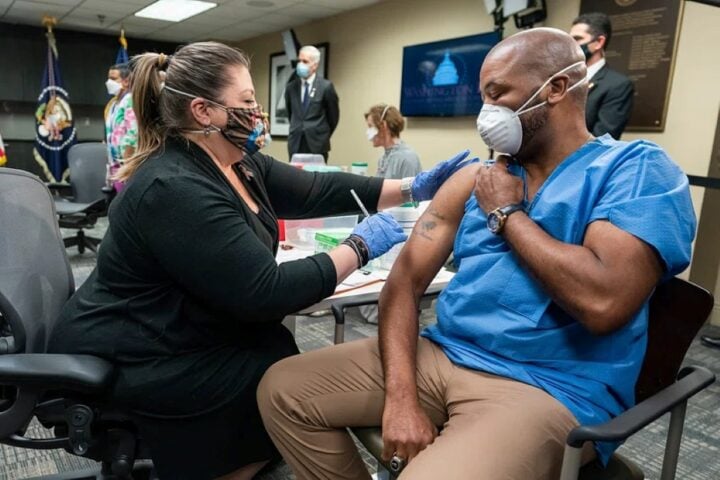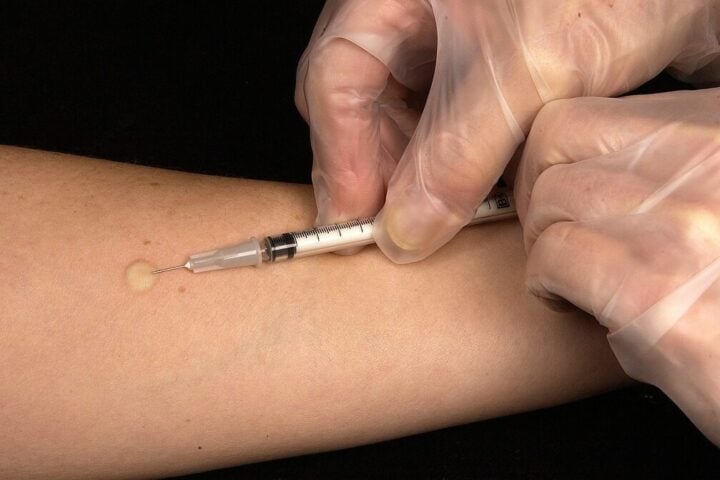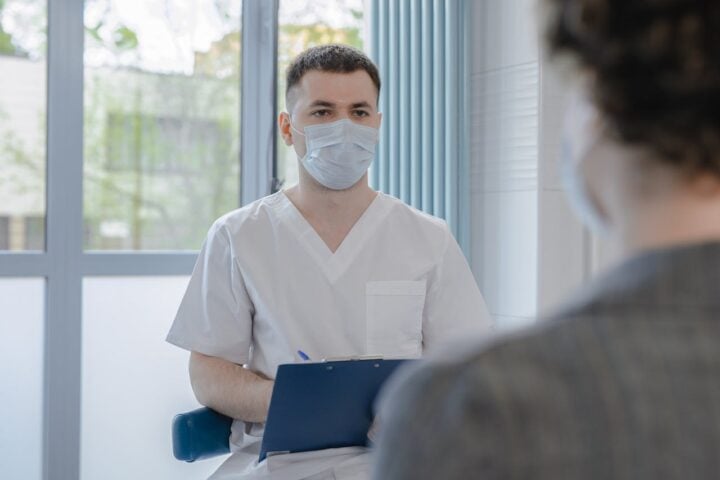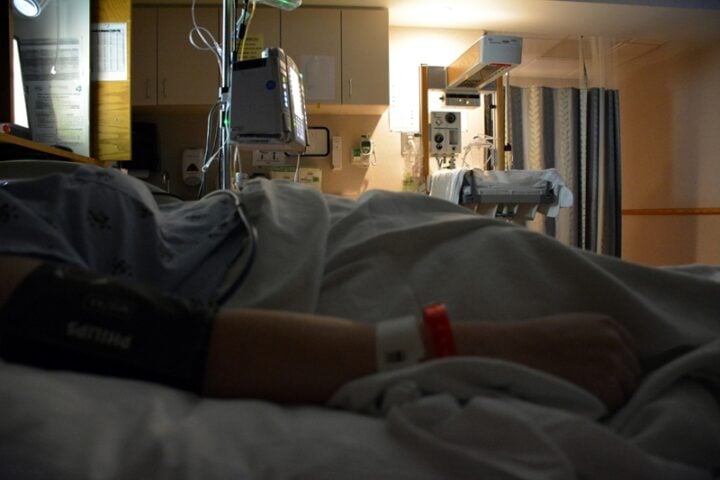For most people, urgent care clinics are the first port of call when seeking treatment for acute but non-life-threatening illnesses. From dressing minor wounds to relieving mild gastrointestinal irritation, these facilities play a critical role in preventing infections and injuries from worsening. Maintaining proper facility hygiene in outpatient care is essential for preventing healthcare-associated infections.
Urgent care centers also help to manage acute conditions that need prompt attention but aren’t emergencies. Besides, you can check into the clinics for routine shots, STD testing, and even COVID-19 care.
But what if an urgent care facility sat right next to an emergency room (ER) across the street? Would you still prioritize these clinics over ERs?
The short answer is yes, and this post highlights the seven reasons why.
1. Variety of Treatments
While urgent care centers specialize in non-life-threatening illnesses and injuries, they provide multiple treatments in that category.
Flu, cold, sore throat, and urinary tract infections (UTIs) are some of the common illnesses that warrant a visit to an urgent care facility. Others include gastrointestinal complications like vomiting, diarrhea, constipation, and inflammation.
You could also hop into a 5th Avenue urgent care in Manhattan to get the necessary vaccinations. The facilities offer vaccines against multiple illnesses, including flu and COVID-19, as well as routine travel vaccines. Many urgent care centers also play a vital role in managing and following up on COVID-related care, providing ongoing support for patients with post-COVID symptoms.
They cater to diverse patients, including professionals planning urgent trips overseas and those needing routine immunizations.
2. Specialized Services
Established urgent care clinics maintain several departments for diverse patients.
Besides treating illnesses, these facilities also address minor wounds. Those include abrasions, lacerations, and minor burns.
Urgent care centers provide diagnostic checks, too. Popular services in this category include blood pressure checks, laboratory tests, and X-rays for minor fractures and sprains.
Below are other specialized medical services you may avail yourself of from a reputable Manhattan urgent care clinic;
Pediatric care for non-severe conditions like earaches, mild asthma episodes, and simple minor injuries (note: infants under 3 months with fever require ER care) Occupational care, including pre-employment physicals, OSHA-mandated physicals, and HAZMAT exams Orthopedic care for minor fractures, muscle pulls, and sprains (complex or compound fractures require ER care)
Important Note: Urgent care centers cannot handle life-threatening conditions such as chest pain, severe fractures, head injuries, strokes, or uncontrolled bleeding. These require immediate emergency room care.

3. Convenience and Accessibility
When you’re suffering from searing pain due to an acute sore throat or muscle sprain, the last thing you want is to drive several hours to get to the nearest clinic.
Fortunately, urgent care centers are more widespread than emergency rooms. With over 9,000-11,000 standalone urgent care centers across the U.S. compared to roughly 4,000-5,000 hospital emergency departments, the facilities are located near every turn, making them remarkably accessible.
Urgent care centers also maintain flexible operating hours. You can check into the clinics after hours or on weekends.
Moreover, you don’t require prior appointments to visit an urgent care center.
4. Shorter Wait Times
While enduring long drives to a hospital is difficult enough, having to wait hours to see a doctor is even more frustrating.
Multiple studies have found that long hospital queues have a significant impact on patient outcomes. It notably leads to disease deterioration, prolonging patient recovery times.
Urgent care clinics understand that time is essential. Nearly 97% of urgent care encounters conclude in under 60 minutes, compared to national emergency department averages often exceeding 90 minutes.
You can check into an urgent care center over lunch hour, receive prompt medical attention, and be back at the office in time for the afternoon shift. The best part is that this efficiency has no cost attached.
5. Comprehensive Treatments for Non-Emergency Conditions
As the first port of call for non-life-threatening conditions, urgent care clinics offer thorough diagnostics and treatments within their scope of practice.
Urgent care facilities are staffed by qualified medical practitioners including nurse practitioners, physician assistants, and general physicians. Many centers also work with certified laboratory technicians and have on-site dispensaries.
That means you can get proper diagnosis, treatments, and initial care right under one roof for conditions that fall within urgent care’s capabilities. This non-inpatient & outpatient healthcare model offers patients flexible treatment options without the need for hospital admission. However, for complex conditions, severe trauma, or surgical needs, patients will be referred to hospitals or specialists for appropriate care.

6. Cost-Effectiveness
Medical bills have a way of racking up inexplicably. You check into a regular hospital for flu treatment, and the next thing you know, there’s a long list of expenses to settle.
From triage fees to initial doctor consultations, laboratory tests, and drugs…these costs can set you back big time, especially if the facility doesn’t accept your health insurance coverage.
A condition that you’d ordinarily treat with $100-$250 at urgent care can cost $1,200-$3,000 for a similar non-emergent visit at an ER when paying out of pocket.
Fortunately, urgent care centers typically charge significantly lower fees than ERs. Average out-of-pocket costs range from $100-$250, compared to $1,200-$3,000 for similar non-emergent ER visits. Insurance copays are also typically lower for urgent care visits.
7. Easing the Strain on ERs
Urgent care clinics bridge the gap between patients and hospital emergency rooms.
By catering to non-life-threatening conditions, urgent care clinics ease the strain on ERs. Studies estimate that 13-50% of emergency department visits could safely be managed in urgent care settings, helping reduce overcrowding and hospital costs. This approach aligns with broader preventive health strategies to reduce ER burden, emphasizing the importance of early intervention and accessible care options.
Many patients leave urgent care centers completely recovered, preventing further complications that would necessitate a visit to the ER. Only about 3% of urgent care patients require transfer to an emergency room, confirming their effectiveness in handling appropriate cases.
Besides, urgent care centers typically partner with other healthcare providers, including ER specialists. That collaboration enables them to refer patients with conditions beyond their scope for more specialized attention. Therefore, the facilities can help manage healthcare resources more efficiently while still ensuring patients receive appropriate care.
Wrap Up
Urgent care clinics specialize in non-life-threatening conditions, and there’s a long list of medical issues that these facilities can appropriately treat.
Whether you’re seeking a remedy for a respiratory illness, urinary tract infections, or gastrointestinal complications, simply hop into a reputable urgent care center near you and have the condition attended to. The clinics provide a range of diagnostic services too, including STI testing, blood sugar tests, and X-rays for minor injuries.
Urgent care centers are also more accessible and cost-effective than emergency rooms. With over 120 million patient visits annually, these facilities provide swift medical treatment for appropriate conditions, helping to manage healthcare resources more effectively.
Remember: For severe symptoms like chest pain, difficulty breathing, severe trauma, or any life-threatening condition, call 911 or go to the emergency room immediately. Urgent care is designed for acute but non-emergency situations.



